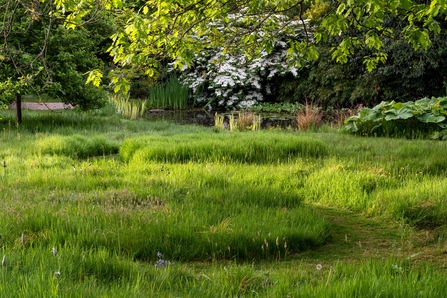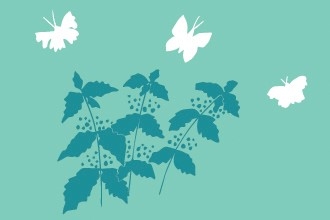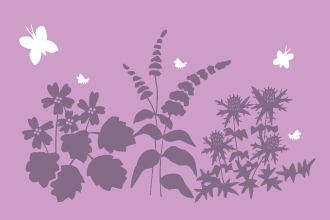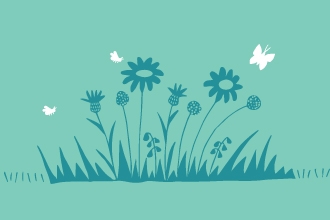Butterflies appear out of the blue from above, from the side, or even from below me – the latter perhaps a result of being disturbed by my clumsy footfall or my shadow – but every encounter is a delight. I feel fortunate to live in a world with these beautiful insects, flying about their short lives and finding me walking through mine or sitting in a garden with a cup of tea. Their fragility serves to remind me of mine.
After the worst year on record for butterflies in 2024, lepidopterologists (people who study butterflies) are very anxious about what this year will bring: a further decline? Will numbers stabilise or, more hopefully, increase? I am viewing each and every one of these precious creatures as a success story and something to celebrate, but what can we all do to help them?





